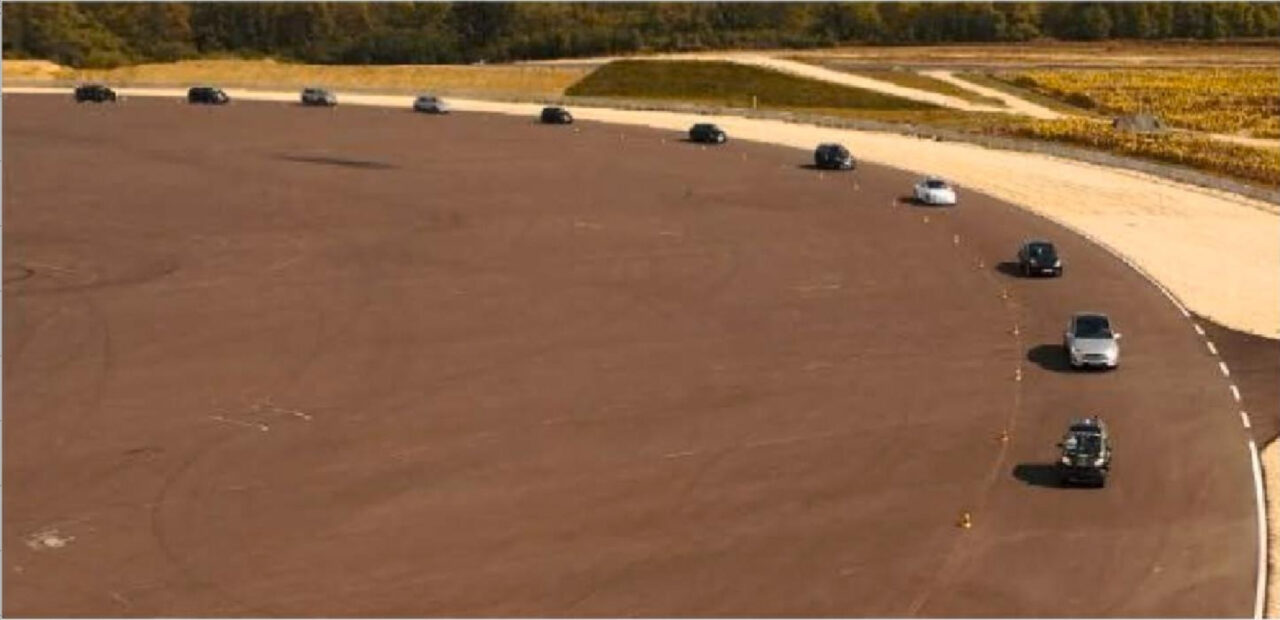
Shi-Teng Zheng, Michail A. Makridis, Anastasios Kouvelas, Rui Jiang, Bin Jia
2023
Full text
Calibration of car-following (CF) models is considered a very important task towards reproduction of individual vehicle behaviors and collective traffic phenomena.
In most works, calibration is performed on trajectories of leading and following vehicles either on speed or spacing quantities, with the combination of the two plus the acceleration quantity to be considered as the most appropriate according to the literature. With the advent of adaptive cruise control (ACC) technology, there are intrinsic behavioral differences between human- and ACC-driven vehicles that are visible in experimental observations.
Some examples include constant headway for ACC-enabled vehicles, string instability, hysteretic behavior, human-like response time and others. Since calibration is performed only on basic vehicle dynamics, i.e., the spacing, speed and acceleration, even after proper parametrization we cannot be certain that CF models will be able to reproduce some or all of the above phenomena and to what extend. The aim of this work is to propose a multi-objective calibration framework validated on empirical observations of car platoons.
Furthermore, it investigates if, and to what extent, the traffic dynamics and behavioral patterns of ACC-driven vehicles can be reproduced. Two state-of-the-art CF models are tested with the empirical dataset. The results indicate that the proposed framework leads to acceptable errors and comparable performance, facilitating the models to capture phenomena in a way that is not possible until now, using the calibration on basic vehicle dynamics.